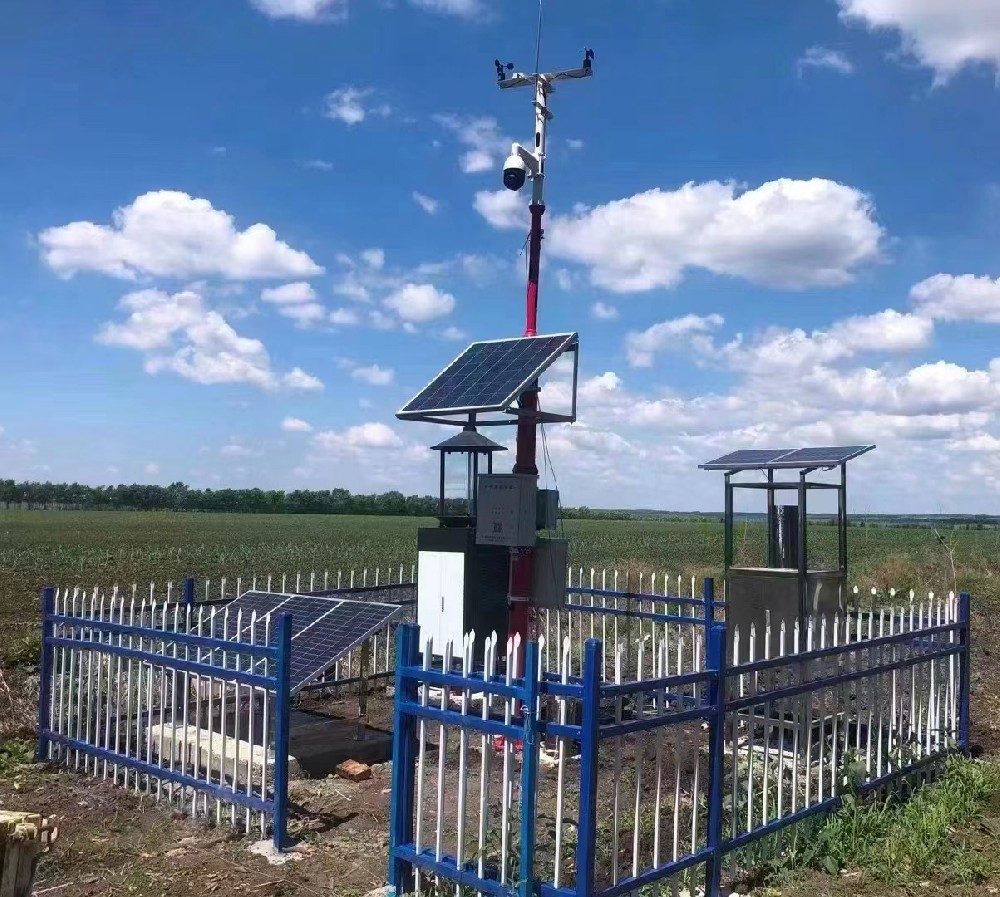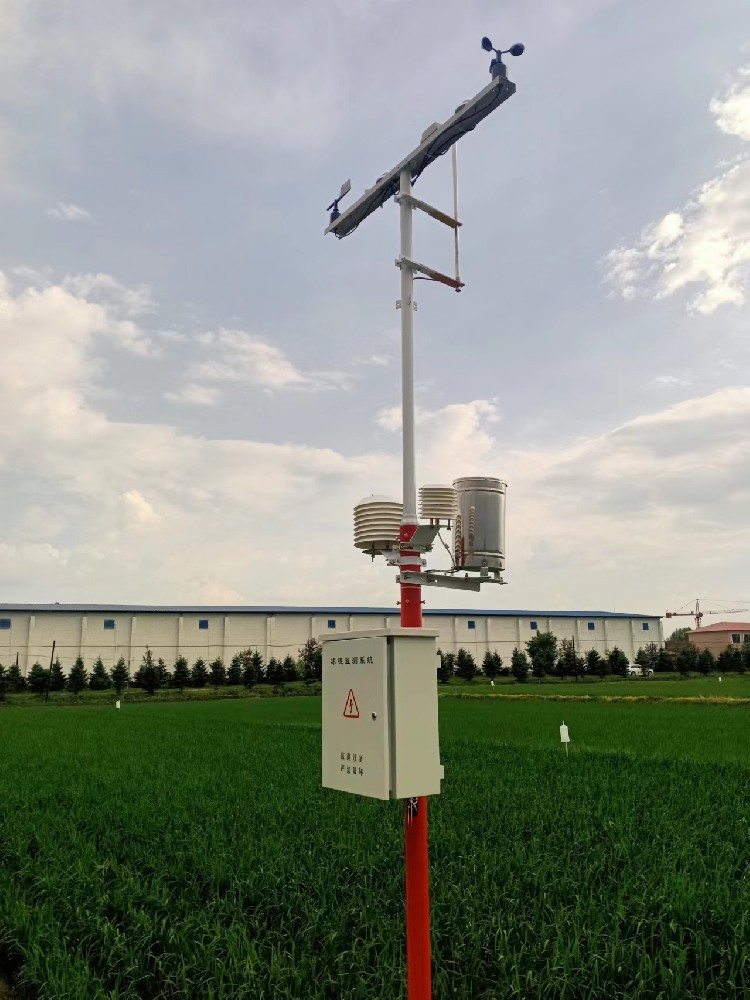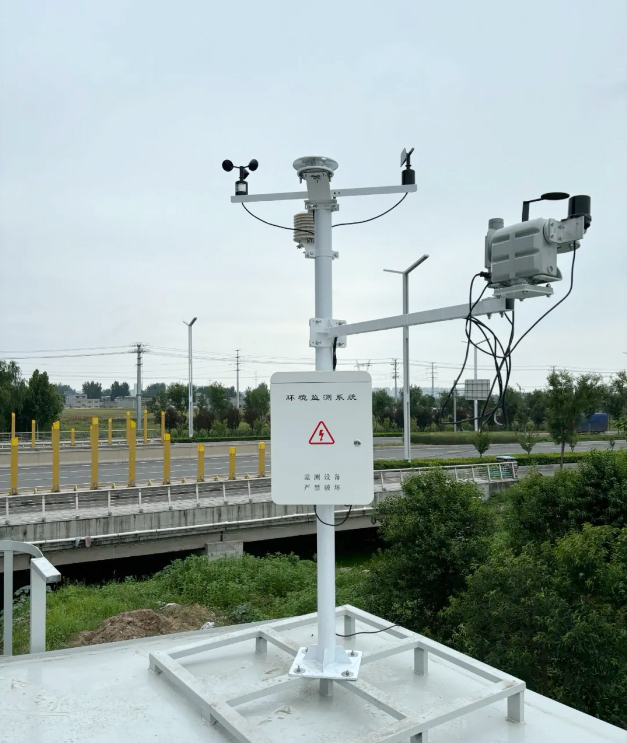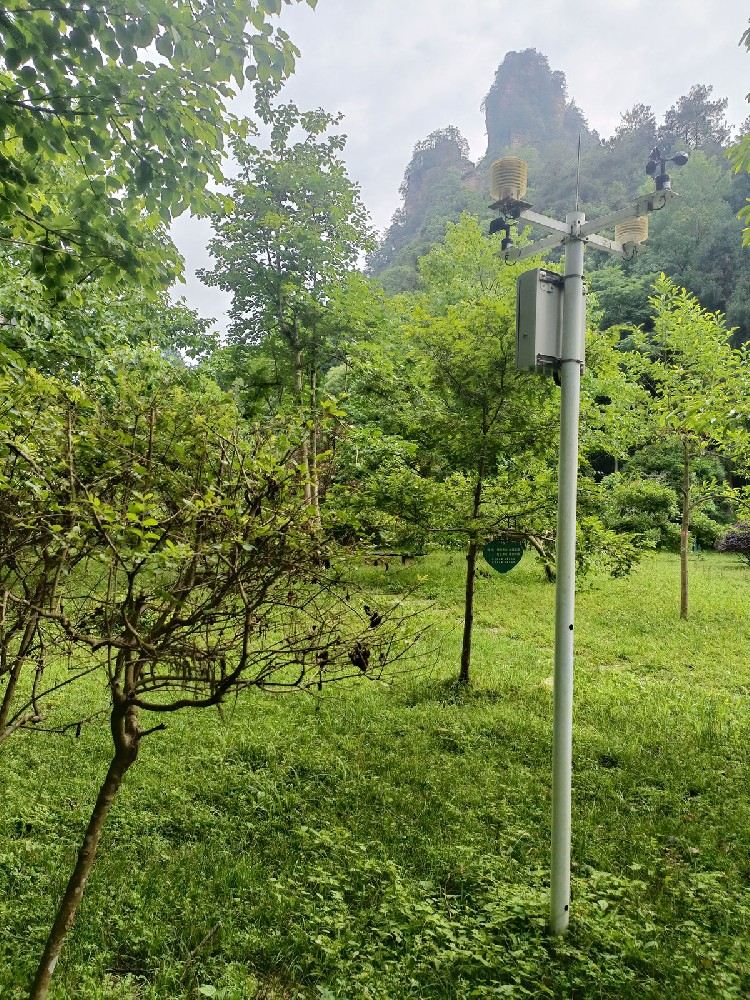

— Blogs —
—Products—
 Consumer hotline +8618073152920
Consumer hotline +8618073152920 WhatsApp:+8615367865107
Address:Room 102, District D, Houhu Industrial Park, Yuelu District, Changsha City, Hunan Province, China
Product knowledge
Time:2024-11-20 14:15:28 Popularity:1050
The best weather station refers to those that offer high precision, high reliability, and multifunctionality. They are designed to meet the needs of users in various application scenarios and provide accurate, reliable weather data.
- Temperature Sensors: Measures environmental temperature, common types include resistance temperature detectors (RTDs, such as platinum RTDs), thermocouples, and semiconductor temperature sensors.
- Humidity Sensors: Measures environmental humidity, common types include capacitive, resistive, and conductive polymer humidity sensors.
- Pressure Sensors: Measures atmospheric pressure, common types include barometers (e.g., mercury column barometers, aneroid barometers) and piezoelectric pressure sensors.
- Wind Speed Sensors: Measures wind speed, common types include wind speed rods, anemometer sensors, and ultrasonic wind speed sensors.
- Wind Direction Sensors: Measures wind direction, common types include wind vanes, photoelectric wind direction sensors, and magnetic-electronic wind direction sensors.
- Rainfall Sensors: Measures precipitation amount, common types include funnel-type rain gauges, vibrating rain gauges, and optical rain sensors.
- Solar Radiation Sensors: Measures solar radiation intensity.
- Soil Temperature and Moisture Sensors: Measures soil temperature and moisture, particularly important for agricultural meteorological observations.
- Capable of monitoring multiple weather parameters such as temperature, humidity, wind speed, wind direction, rainfall, solar radiation, etc.
- Supports various data transmission methods such as wireless (WiFi, 4G/5G, LoRa) and wired (RS485, USB) for remote monitoring and real-time data upload.
- Operates reliably in harsh weather conditions with minimal maintenance.
- Designed with a high protection rating (e.g., IP65 or higher), making it suitable for outdoor environments with waterproof, dustproof, and lightning protection features.
- Provides user-friendly interfaces and simple operation.
- Supports software upgrades and sensor expansion to meet different needs.
- Capable of data analysis and automatic alarms or adjustments based on preset parameters.
- Supports remote monitoring and data management via mobile apps or web interfaces.

A complete weather station typically includes the following common sensors:
- Air Temperature Sensor: Measures environmental temperature.
- Relative Humidity Sensor: Measures environmental humidity.
- Wind Speed and Direction Sensors: Measures wind speed and direction.
- Rainfall Sensor: Measures precipitation.
- Solar Radiation Sensor: Measures solar radiation intensity.
- Soil Temperature and Moisture Sensors: Measures soil temperature and moisture.
- Atmospheric Pressure Sensor: Measures atmospheric pressure.

Agricultural meteorological stations need to focus on the growing environment of crops. Therefore, the most suitable weather stations for agriculture should have the following characteristics:
- The weather station should have high-precision sensors to ensure data accuracy.
- Stable and reliable data transmission to avoid data loss or errors, providing reliable data for agricultural production.
- Able to monitor various weather parameters in real time, such as solar radiation, heat, water vapor, soil temperature and moisture, wind, rainfall, phenology, etc.
- These data are essential for guiding agricultural production, optimizing irrigation plans, and predicting pests and diseases.
- The agricultural weather station should be easy to install and debug, reducing installation costs and time.
- Easy to maintain, reducing long-term maintenance costs.
- Should have intelligent functions for automatic data collection, storage, transmission, and analysis.
- Provides remote monitoring and data sharing features, allowing users to view and manage weather data at any time.
- Offers customized services based on user needs, such as monitoring parameters, power supply methods, and transmission methods.
- Meets the needs of different agricultural production scenarios and climate conditions.

- Widely used in farms, orchards, tea plantations, and other agricultural production scenarios.
- Provides scientific data for precision irrigation, pest and disease prevention, and crop growth regulation.
- Used for monitoring atmospheric and soil environments to assess environmental quality and trends.
- Provides data support for environmental protection and governance.
- Used in meteorology, ecology, agricultural science, and other fields for scientific research.
- Provides long-term, continuous weather observation data to support scientific studies and model validation.
- Monitors changes in weather parameters to provide timely warnings for severe weather events.
- Provides decision support for disaster prevention and mitigation.
- Assesses the impact of climate on urban environments, such as the urban heat island effect.
- Provides weather data for urban design and infrastructure planning.

- Monitors environmental changes to protect biodiversity.
- Uses rainfall and evaporation data to allocate water resources more efficiently.
- Provides long-term weather data for academic research and teaching.
- Used in schools and research institutions for teaching and experiments.
- Provides weather information at critical locations such as airports and highways to ensure safety.
Choosing the best weather station requires considering multiple factors, including functionality, precision, stability, ease of use, price, and after-sales service. Here are some detailed steps and recommendations:
- Determine the specific purpose of the weather station, such as agriculture, weather forecasting, environmental monitoring, scientific research, or education.
- List the weather parameters you need to monitor, such as temperature, humidity, pressure, wind speed, wind direction, rainfall, light intensity, soil temperature, and moisture.
- Choose sensors with high precision to ensure accurate data.
- Ensure that the weather station's data transmission is stable and reliable to avoid data loss or errors.
- Consider the long-term operational stability of the weather station, selecting products that have undergone rigorous testing and validation.

- Supports both wired (e.g., RS485, USB) and wireless (e.g., WiFi, 4G/5G, LoRa) transmission methods.
- Built-in large-capacity data recorders to store extensive historical data.
- Supports remote monitoring and data management through mobile apps or web interfaces.
- Provides intuitive interfaces and clear instructions.
- Easy to install and maintain, with detailed user manuals and technical support.
- Suitable for outdoor environments, with waterproof, dustproof, and lightning protection features.
- Choose well-known brands with a good reputation.
- Check the supplier's technical capabilities, including their R&D team, technology patents, and product certifications.
- Choose suppliers that offer comprehensive after-sales services to ensure timely technical support and maintenance during use.
- Select a weather station with a good price-to-performance ratio within your budget.
- Consider long-term operational and maintenance costs when choosing an economical and durable product.
- Browse professional weather station websites and e-commerce platforms to understand different brands and models.
- Read user reviews and professional assessments to understand the actual performance of the products.
- Contact suppliers or manufacturers for detailed product information and quotations.
- Inquire about after-sales services and technical support.
- If possible, conduct an on-site inspection of suppliers or visit locations with installed weather stations to understand the actual performance of the products.

Conclusion
Choosing the best weather station requires considering your specific needs, budget, and the reputation of suppliers. By following the steps and recommendations outlined above, you should be able to find the weather station best suited to your needs. If you have more specific needs or questions, feel free to continue consulting.
Related recommendations
Sensors & Weather Stations Catalog
Agriculture Sensors and Weather Stations Catalog-NiuBoL.pdf
Weather Stations Catalog-NiuBoL.pdf
Related products
 Combined air temperature and relative humidity sensor
Combined air temperature and relative humidity sensor Soil Moisture Temperature sensor for irrigation
Soil Moisture Temperature sensor for irrigation Soil pH sensor RS485 soil Testing instrument soil ph meter for agriculture
Soil pH sensor RS485 soil Testing instrument soil ph meter for agriculture Wind Speed sensor Output Modbus/RS485/Analog/0-5V/4-20mA
Wind Speed sensor Output Modbus/RS485/Analog/0-5V/4-20mA Tipping bucket rain gauge for weather monitoring auto rainfall sensor RS485/Outdoor/stainless steel
Tipping bucket rain gauge for weather monitoring auto rainfall sensor RS485/Outdoor/stainless steel Pyranometer Solar Radiation Sensor 4-20mA/RS485
Pyranometer Solar Radiation Sensor 4-20mA/RS485
Screenshot, WhatsApp to identify the QR code
WhatsApp number:+8615367865107
(Click on WhatsApp to copy and add friends)
